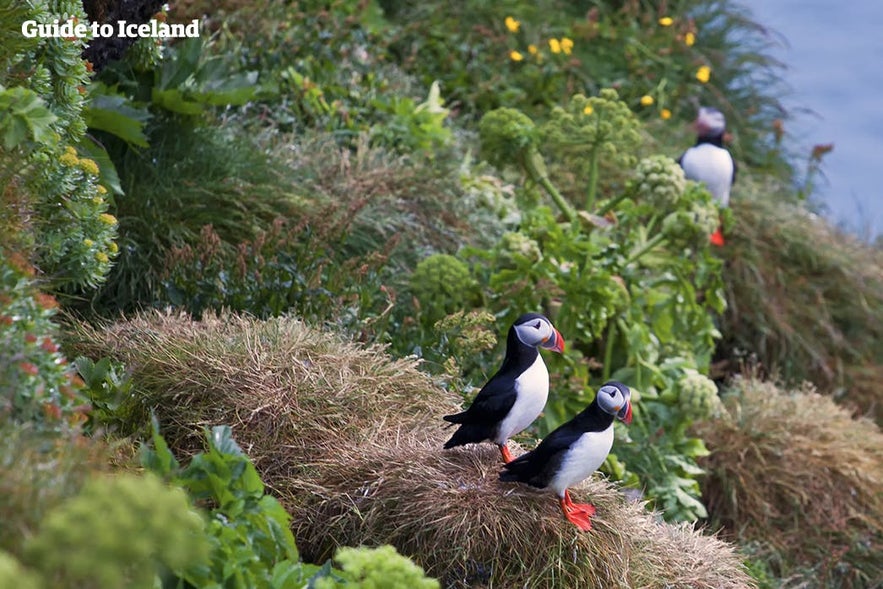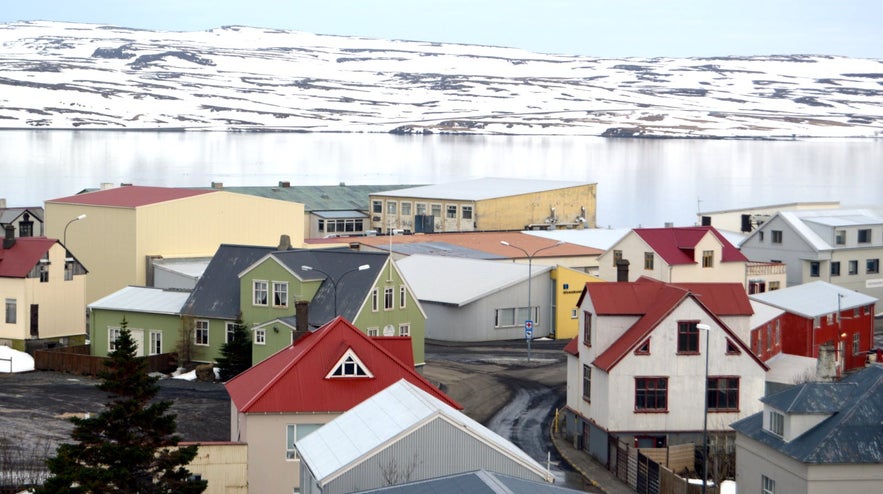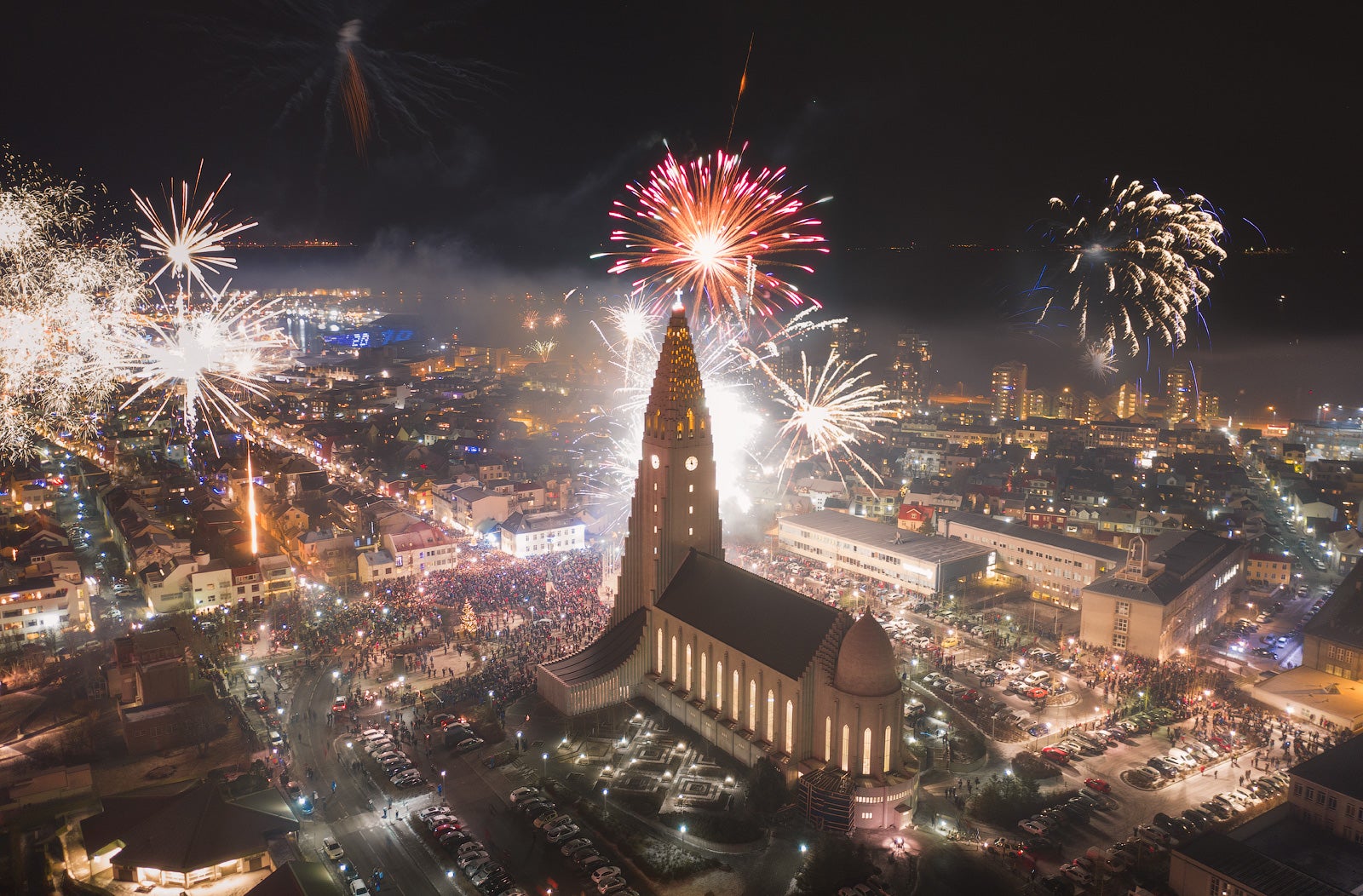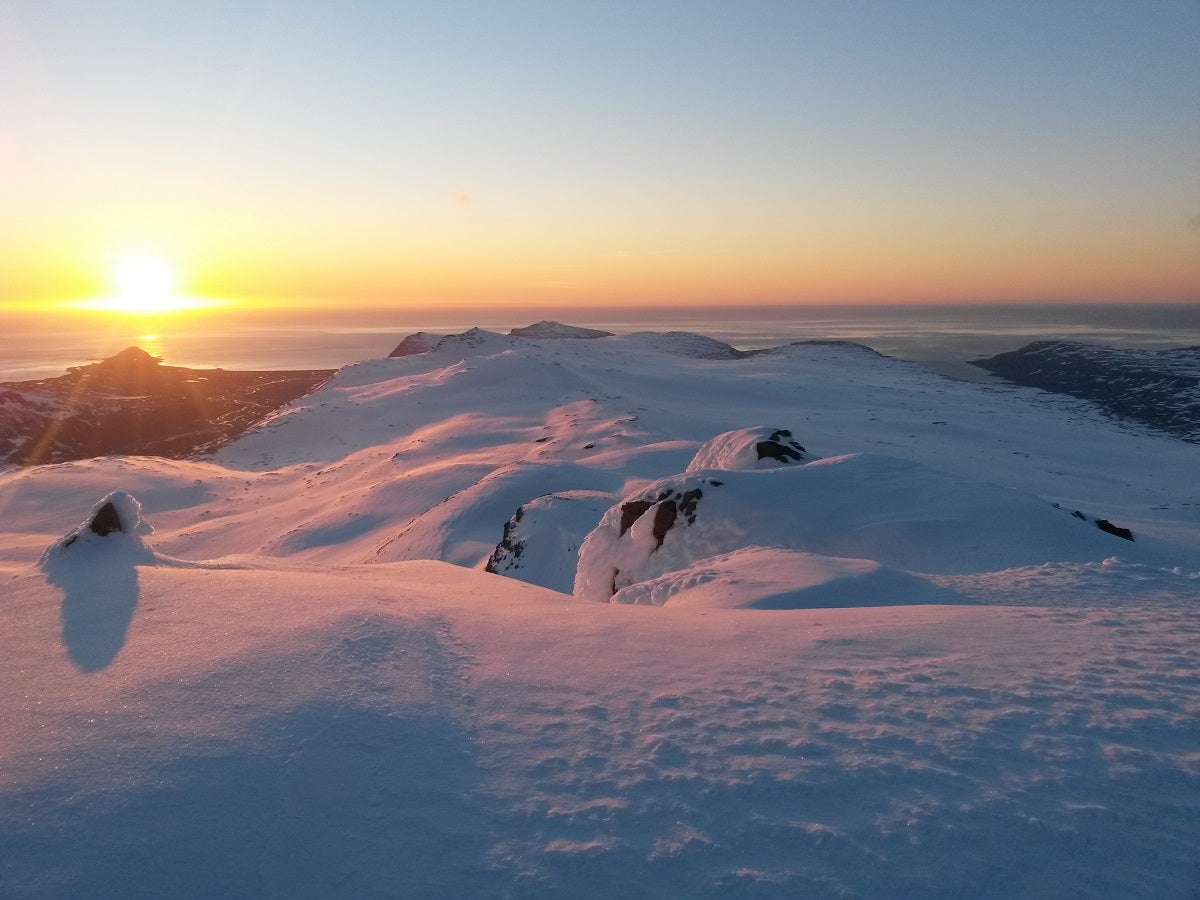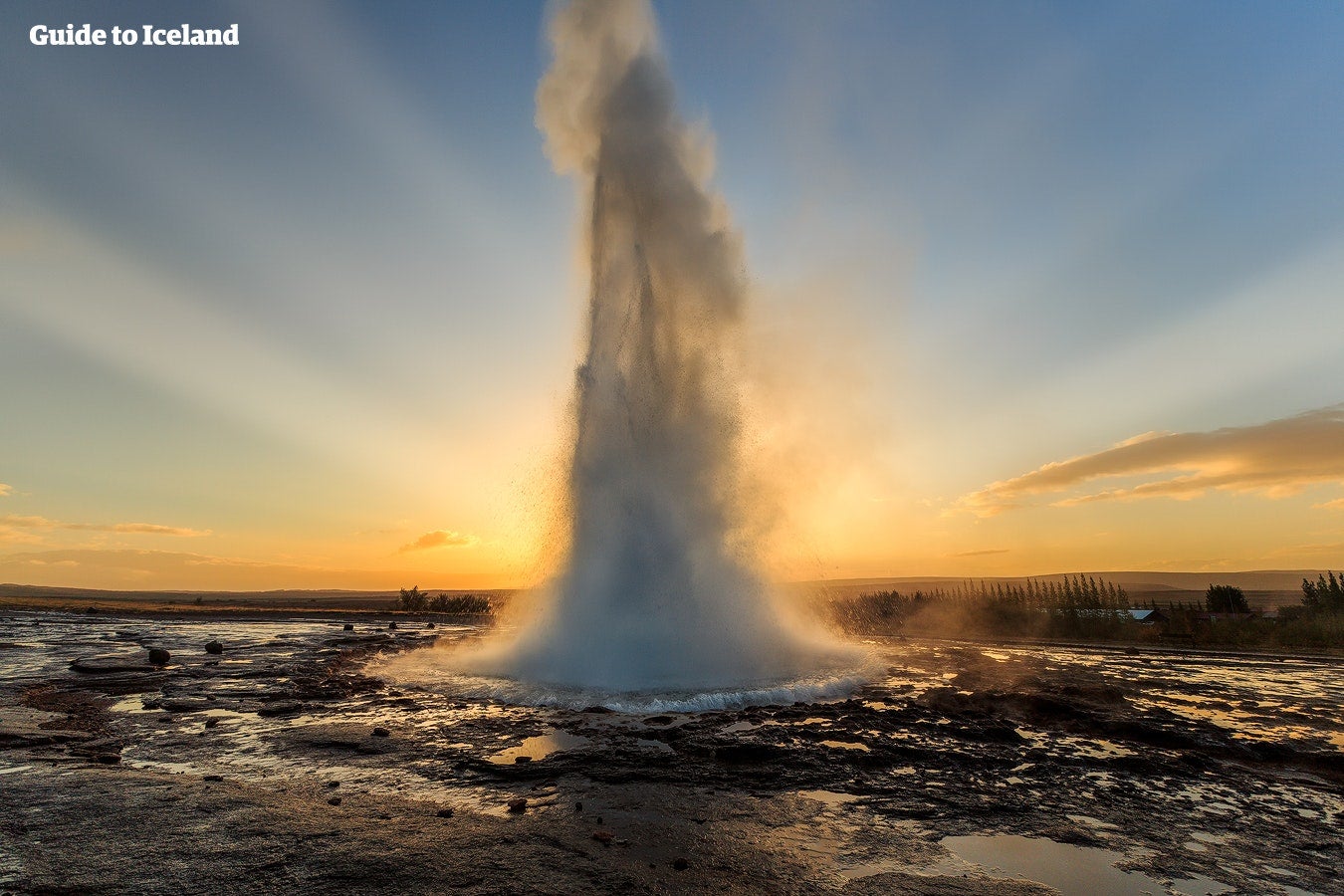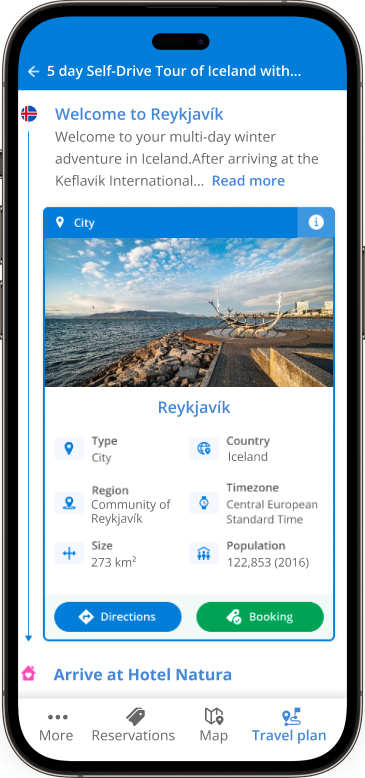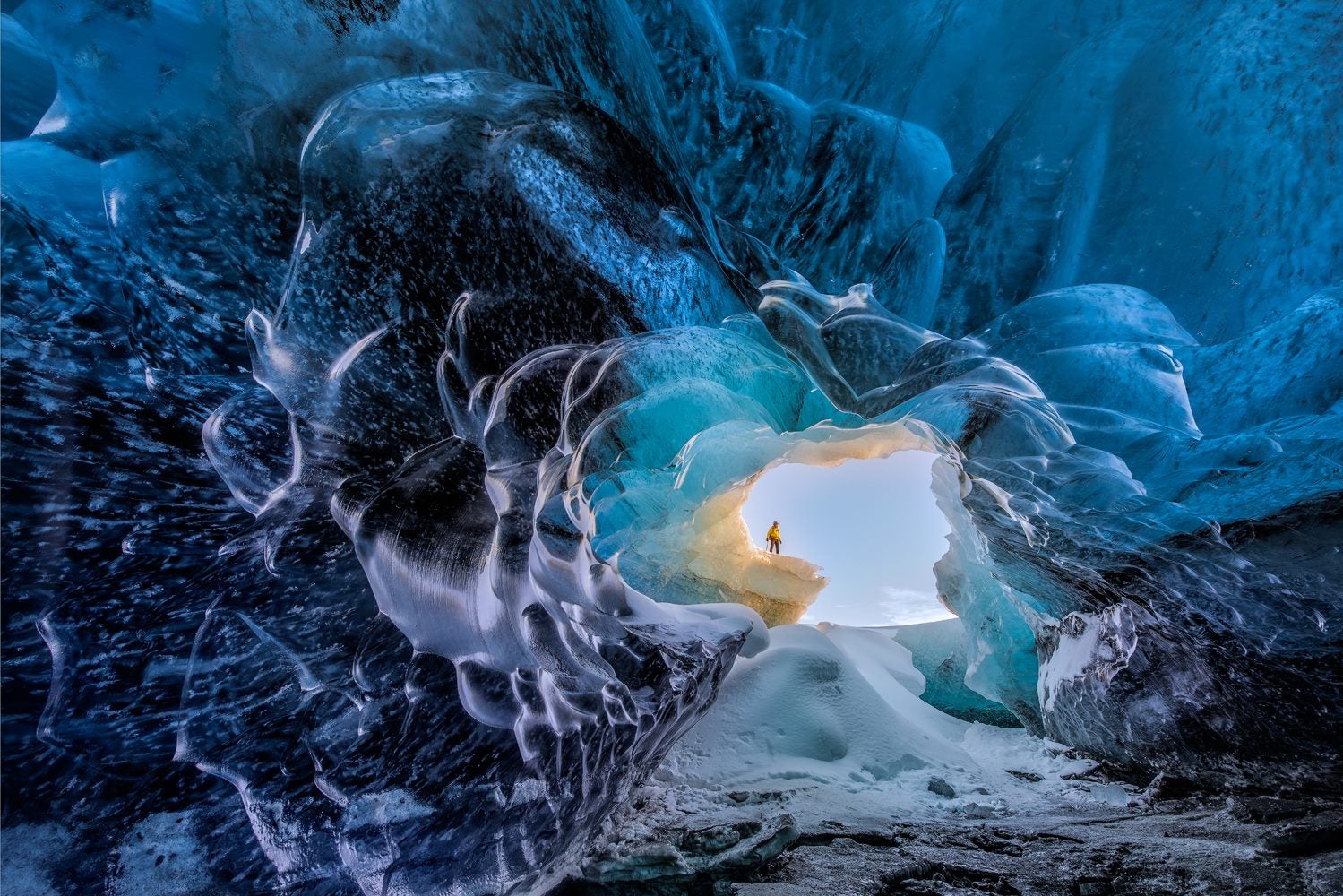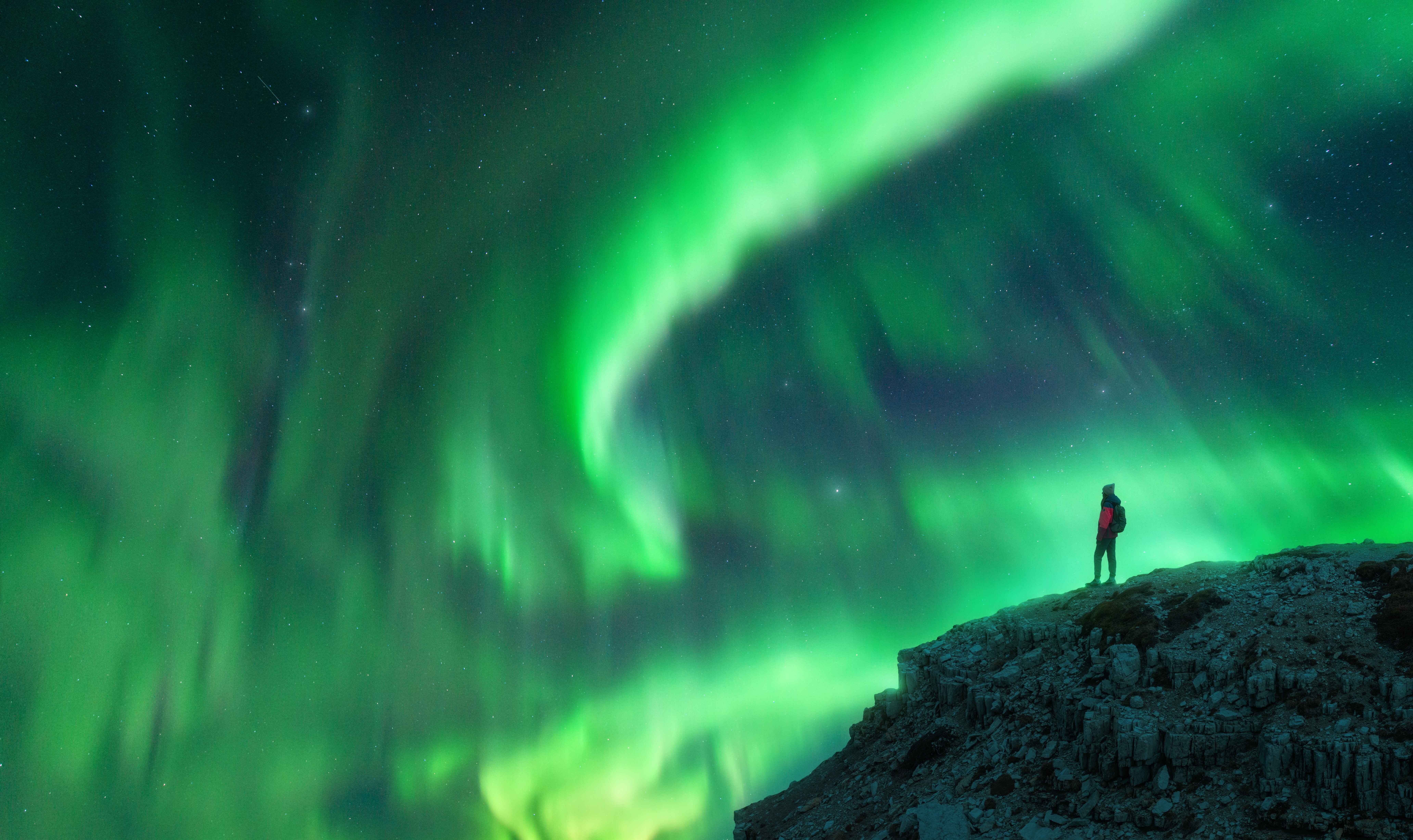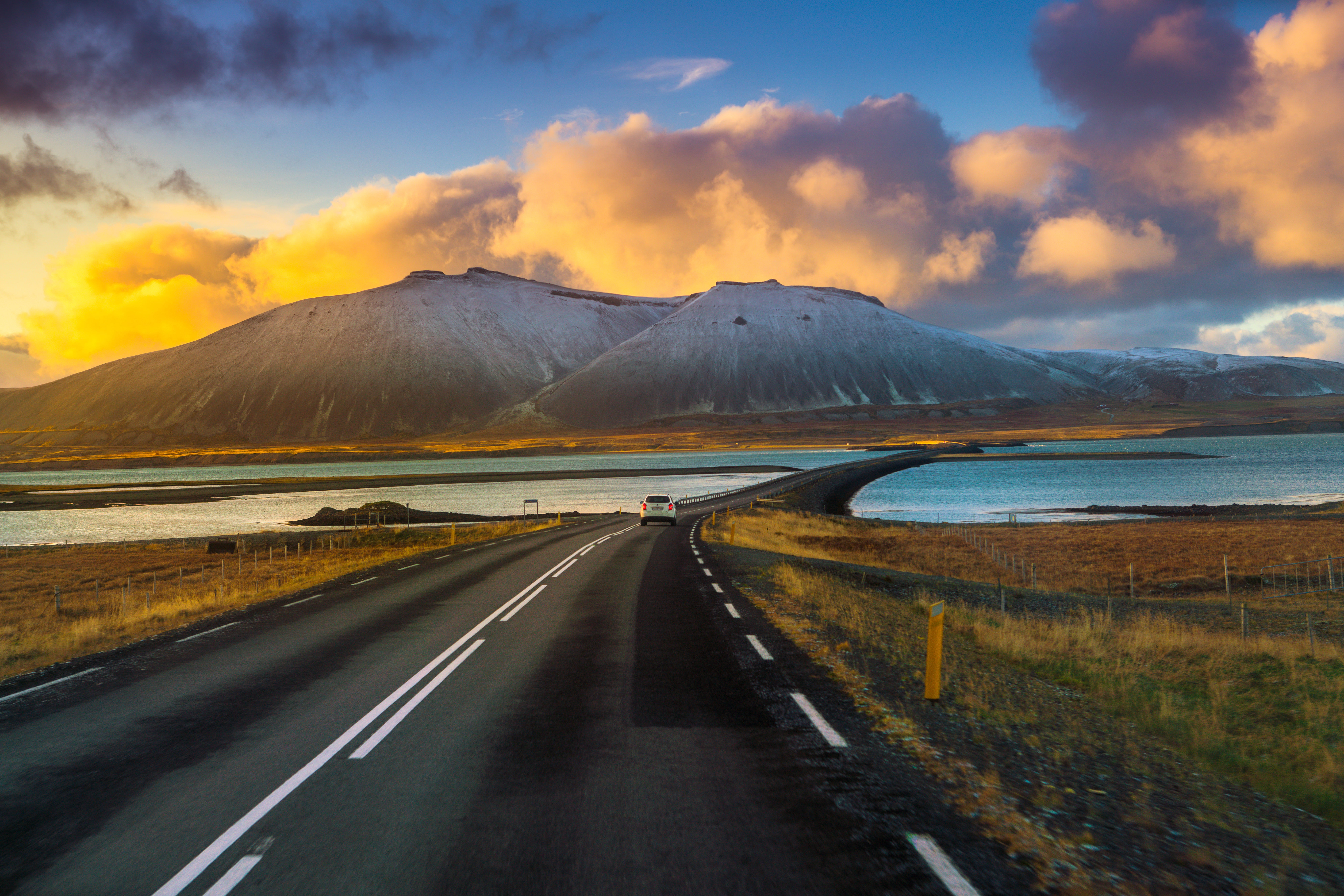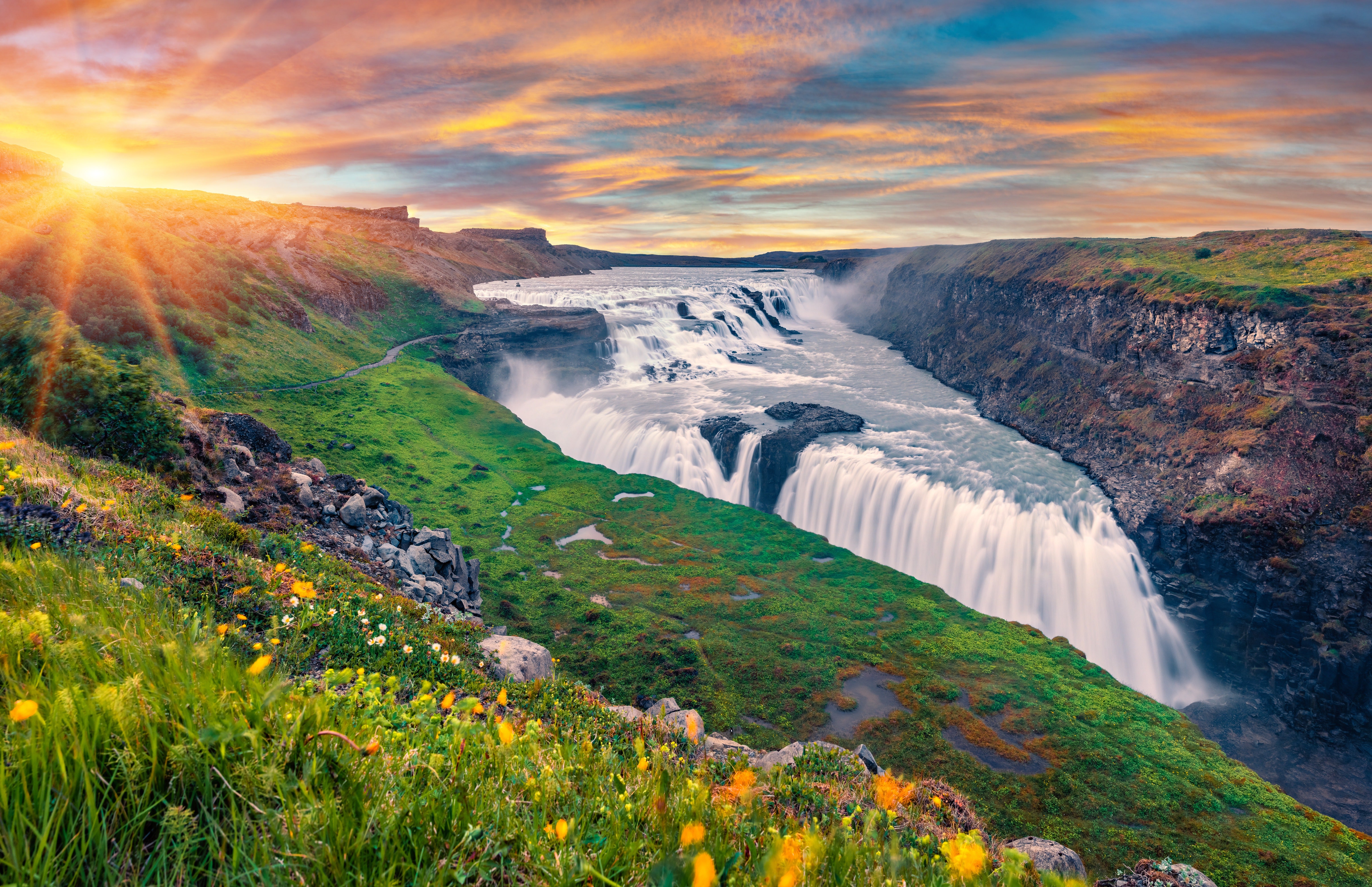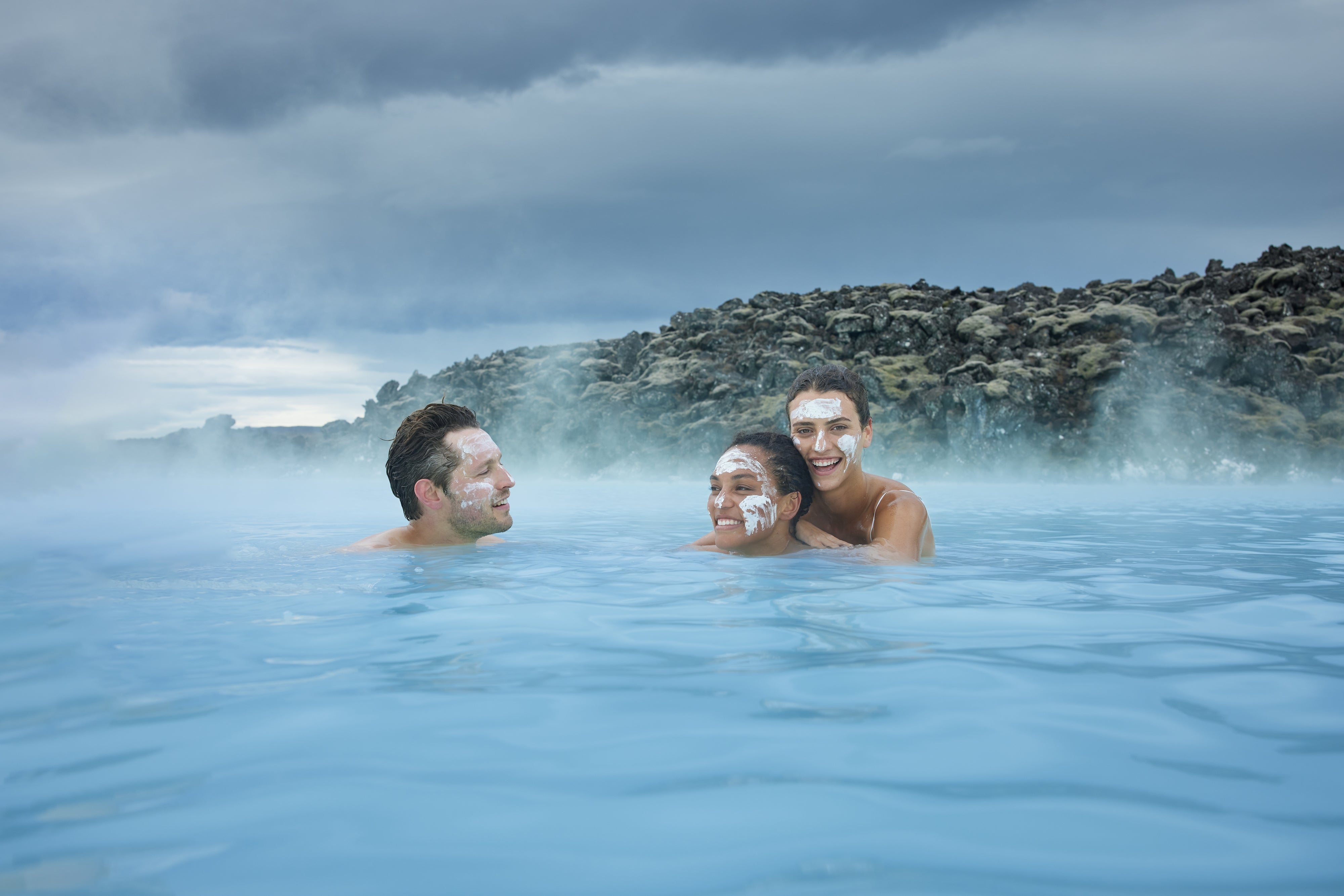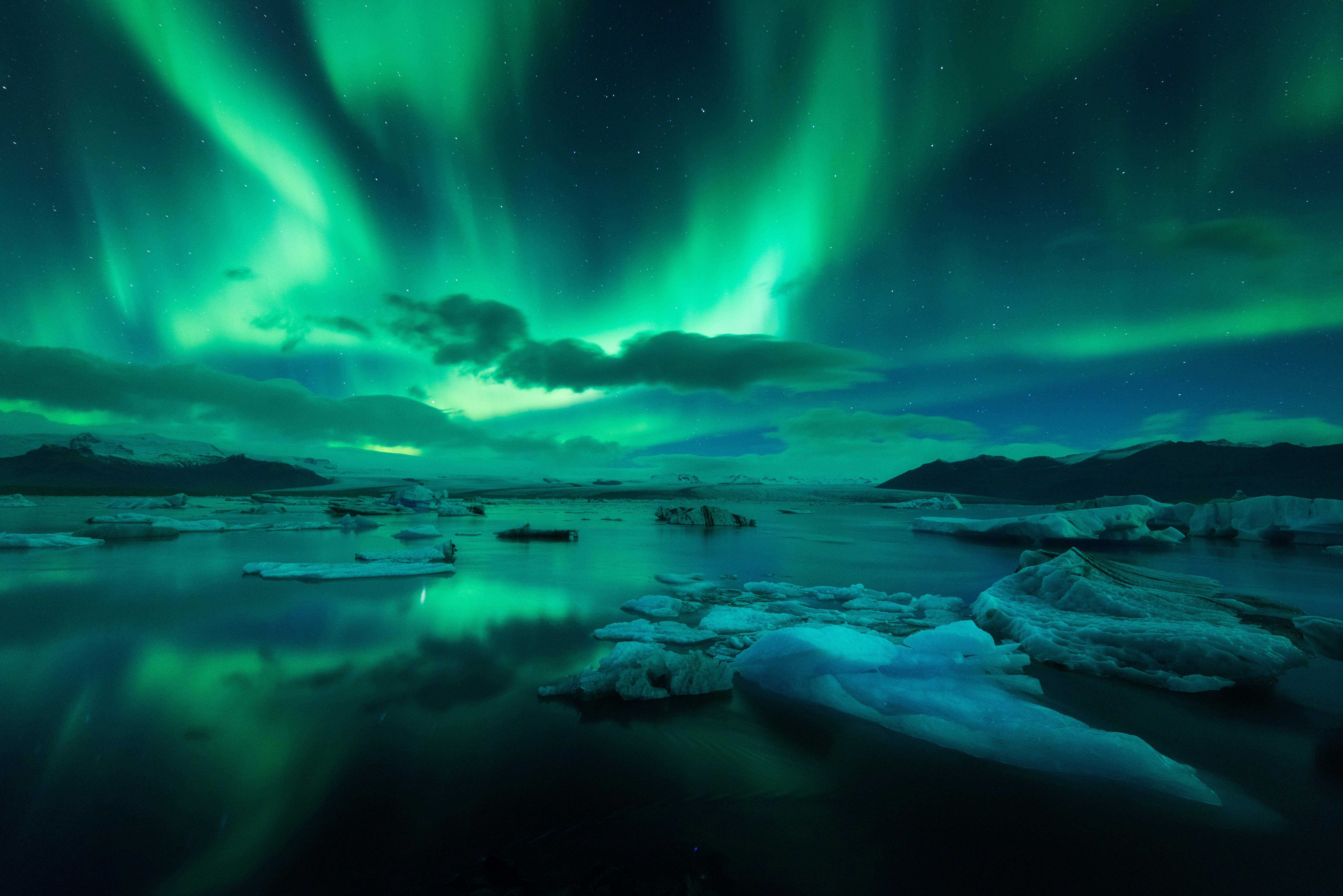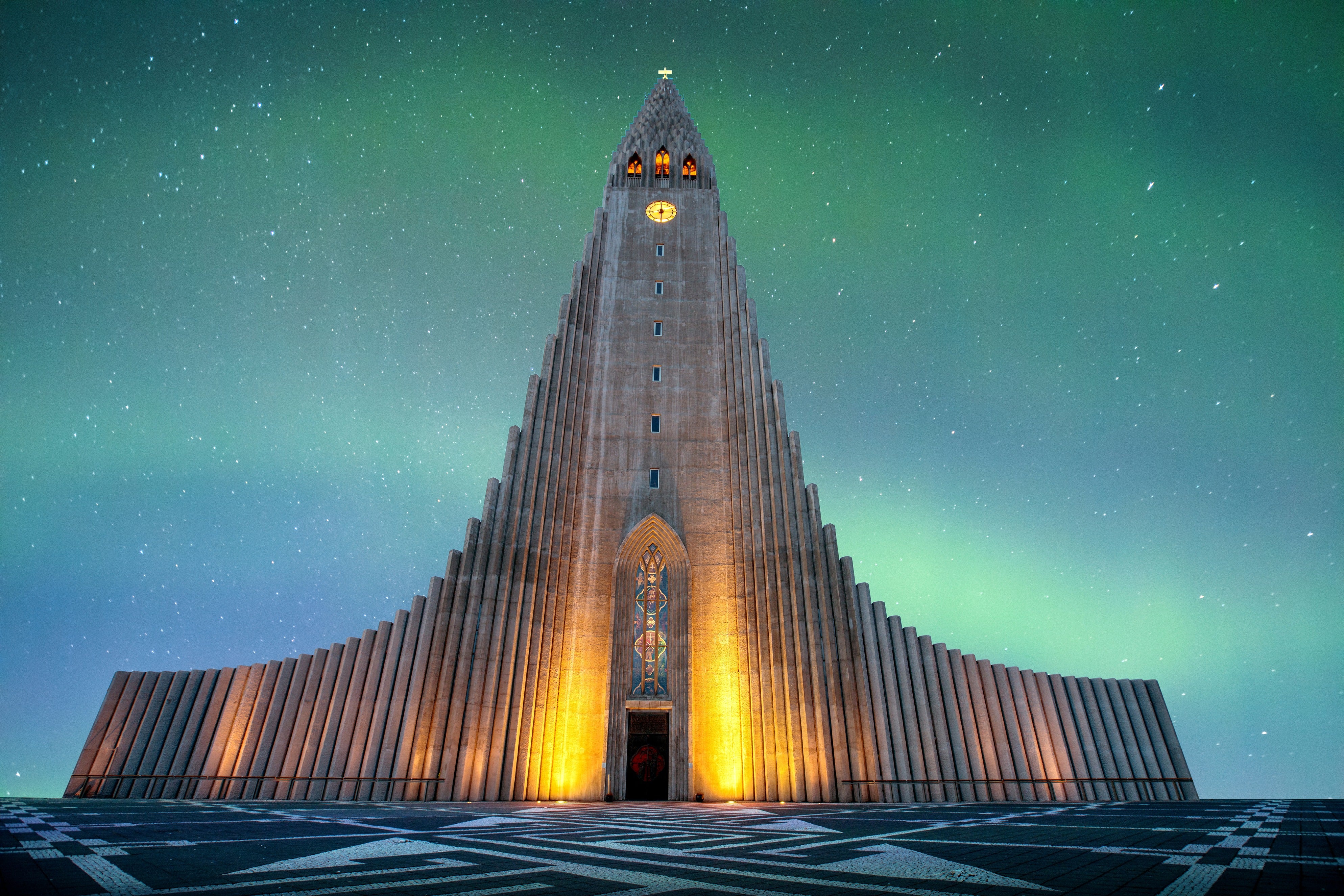
The Westfjords are one of Iceland's most spectacular and awe-inspiring regions. With untouched landscapes, labyrinthine fjords, and charming settlements that are small and sparse, the region is unlike any other found in the country. Often overlooked due to their distance from Iceland's more popular destinations, the Westfjords are full of natural wonders just begging to be explored.
While traversing the Westfjords does require a lot of driving, renting a car and taking in the surrounding scenery proves that the journey can be quite as amazing as the destination. A great way to take in this vast region is on one of the many self-drive tours in the Westfjords, such as this epic 14-day self-drive tour of the Ring Road & the Westfjords.
Why You Can Trust Our Content
Guide to Iceland is the most trusted travel platform in Iceland, helping millions of visitors each year. All our content is written and reviewed by local experts who are deeply familiar with Iceland. You can count on us for accurate, up-to-date, and trustworthy travel advice.
As there is so much to do in the area, we also recommend checking out some of the great accommodations available in the Westfjords that can function as a comfortable base of operation during your adventures in the region.
Due to its remoteness and relative lack of tourist traffic, there is less awareness of what sites the Westfjords hold. Many people are aware of the mighty Gullfoss waterfall in Iceland's southwest but have never heard of the magnificent waterfall Dynjandi in the Westfjords. The black-sand-beach Reynisfjara in South Iceland is famous, but its pink-sand relative Raudasandur on the Westfjords is virtually unknown.
Whether you want to witness the impressive natural landmarks and wildlife or partake in activities that will get your adrenaline pumping, you can be sure to find what you're looking for in the number of great Westfjords tours available.
The Best Time to Visit the Westfjords
The Westfjords are really only accessible in the summer months, from May to September. Snowfall is heavy in the region, and the Westfjords sometimes get cut off from the rest of the country during winter. Due to its lower population, the roads are not are regularly maintained as in the rest of the country, so it's recommended to make use of the better road conditions in summer.
No matter the season, you should always check the conditions of roads in Iceland before going on any trips and be prepared to adjust your plans if necessary. Even though some of the sights in the Westfjords are just begging to be photographed, don't stop your car on the side of the road to take pictures; instead, use designated stop sites which are usually located nearby.
- See also: The Ultimate Guide to Iceland in Summer
5 Best Natural Wonders in the Westfjords
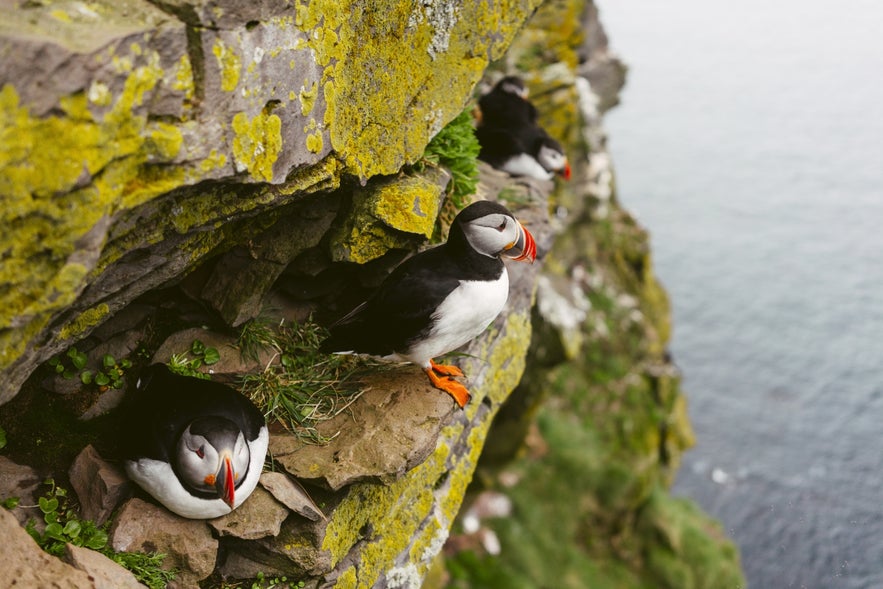
Most travelers coming to Iceland are visiting to enjoy its diverse, unique, and dramatic nature; these three adjectives can all, without a hint of exaggeration, be used to describe the Westfjords. Its natural attractions are some of the best in the country, whether you are seeking wildlife, waterfalls, beaches, or hot springs, and its landscapes, of dramatic fjords and towering mountains are simply awe-inspiring.
Whether you are a photographer, hiker, biker, road-tripper, adrenaline junkie, wildlife enthusiast, history buff, or just a general traveler, you will find a wealth of places that will suit your interests in this incredible region. Below, you can discover the best attractions, towns, and tours to be found in the Westfjords of Iceland.
1. Hornstrandir Nature Reserve
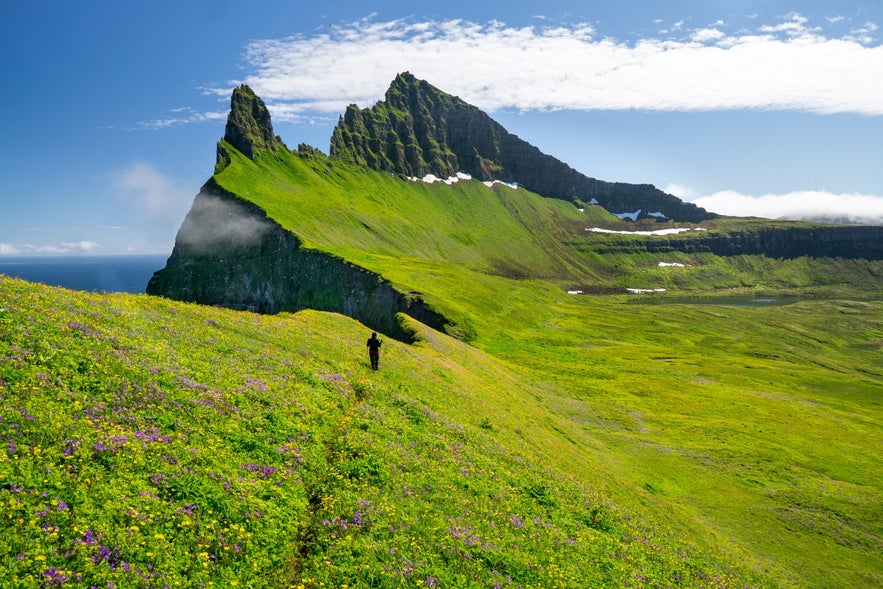
The Hornstrandir Nature Reserve is one of the most isolated and untouched areas in Iceland, known for its dramatic landscapes and wildlife. Being the least populated region of Iceland outside of the Highlands, the area has had an explosion in flora and fauna in the last decades, making it an excellent destination for those seeking out the best examples of Iceland's wildlife.
A great example of this is the Arctic fox, Iceland's only native mammal. In most of the country, these elusive creatures are near-impossible to spot, being naturally camouflaged and cautious of humans. In Hornstrandir, however, the foxes are numerous and reasonably easy to spot on the wide stretches of land. Having had little contact with people, they can be curious when visitors come by.
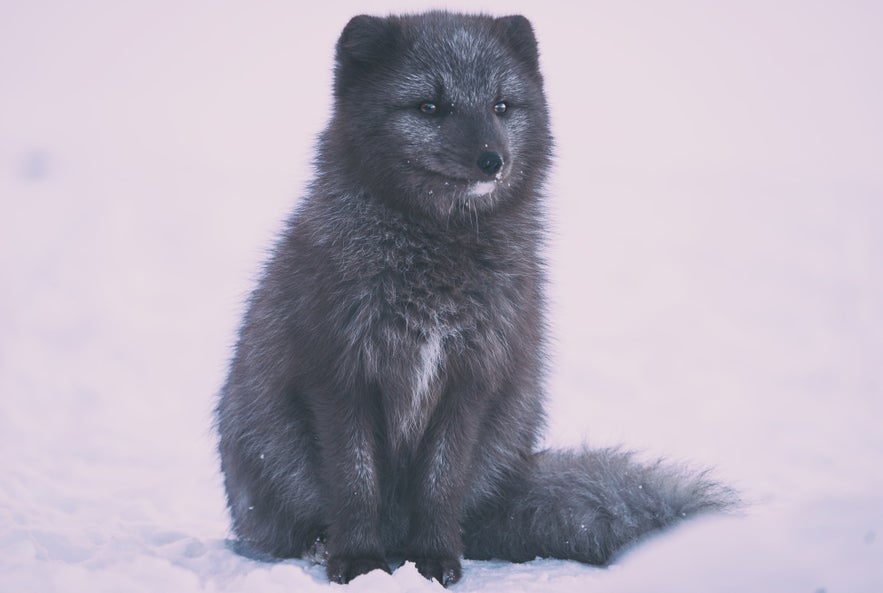 Photo by Jonatan Pie
Photo by Jonatan Pie
Seals are commonly seen on the rocks along the coastline, and the surrounding waters are home to species such as humpback whales, white-beaked dolphins, and occasionally orcas. There are also many bird species that nest here throughout summer, with the cliff of Hornbjarg being the most renowned for birdwatching.
The Hornstrandir Nature Reserve also has a wealth of arctic plant life that has not been able to flourish in the rest of the country due to its fragility. With no grazing animals here, Hornstrandir is a floral paradise. There are hundreds of different flowering species found along the region's beaches and higher grounds.
Getting to Hornstrandir is tricky, as it can only be done by boat. The best way of exploring the area is by taking a speedboat there on a guided 11-hour hiking tour through Hornstrandir, where your guide will help you spot all of the wonders in the area before ending your adventure with a delicious Icelandic dinner.
- See also: The Wildlife and Animals of Iceland
2. Latrabjarg Cliffs
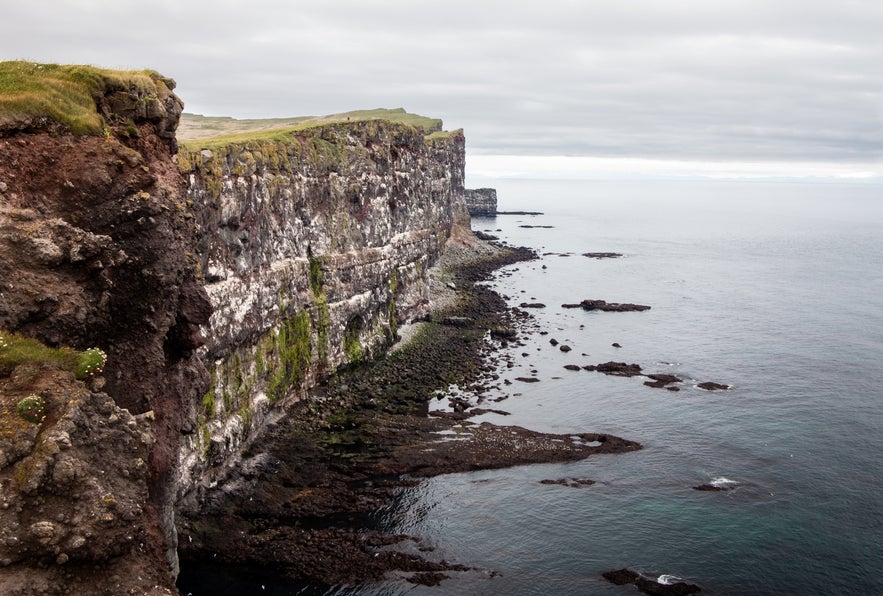 The magnificent cliffs of Latrabjarg stretch for 8.7 miles (14 kilometers), reaching staggering heights of over 1,440 feet (440 meters) in numerous places. While the cliffs are a spectacle, it is in summer when they truly become a natural wonder worthy of international acclaim, as they fill up with literally millions of birds nesting and raising their chicks.
The magnificent cliffs of Latrabjarg stretch for 8.7 miles (14 kilometers), reaching staggering heights of over 1,440 feet (440 meters) in numerous places. While the cliffs are a spectacle, it is in summer when they truly become a natural wonder worthy of international acclaim, as they fill up with literally millions of birds nesting and raising their chicks.
Forty percent of the world's razorbills nest here, as do many guillemots, fulmars, auks, and northern gannets. What most visitors come looking for and discover in abundance, however, are the puffins. One does not have to look far to find them. They nest in the thousands, often near the top of the cliff, allowing visitors to get up close and personal.
Be mindful not to get too close, however, as the cliffs are not only steep and unforgiving, but the earth can be unstable due to the burrows that puffins dig in the ground below. Additionally, respecting the birds nesting areas and observing from a reasonable distance is crucial to avoid disturbing their habitats.
Outside of the abundant birdlife, Latrabjarg is famous for being the site of a dramatic maritime rescue. When the British trawler Dhoon crashed into the rocks beneath the cliffs, local farmers noticed twelve survivors stranded far below. Trained in scaling down the sheer cliff face in order to collect bird eggs, the Icelanders descended to the fishermen on ropes and managed to haul all of them up to safety.
- See also: Where to Find Puffins in Iceland
3. Dynjandi Waterfall
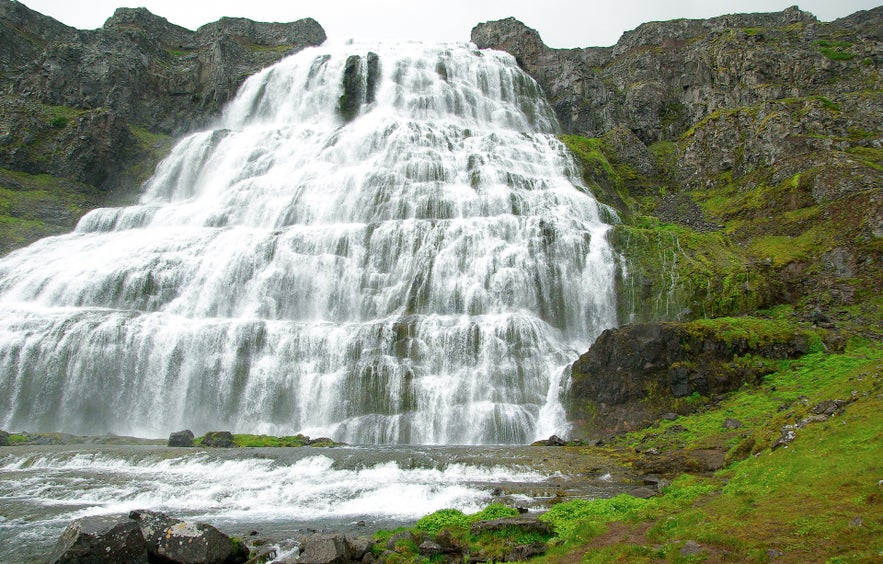
Often called the "Jewel of the Westfjords," Dynjandi is one of the most spectacular sights in all of Iceland. Dynjandi is actually a series of waterfalls that collectively form the awe-inspiring landmark. The main waterfall at the top is the largest and most striking, dropping from a height of approximately 328 feet (100 meters). The width of the waterfall gradually widens as it descends, creating a fan-like shape.
The water of Dynjandi tumbles down the rocks in a veil-like manner, resembling a bridal veil or a beautiful white curtain. The contrast of the foaming white water against the black and grey lava and creeping green moss is beautiful. The water from Dynjandi then feeds into many smaller waterfalls, which can be seen nearby. While nowhere near as dramatic, all of them are delightful and quaint in their own right.
4. Raudasandur Beach
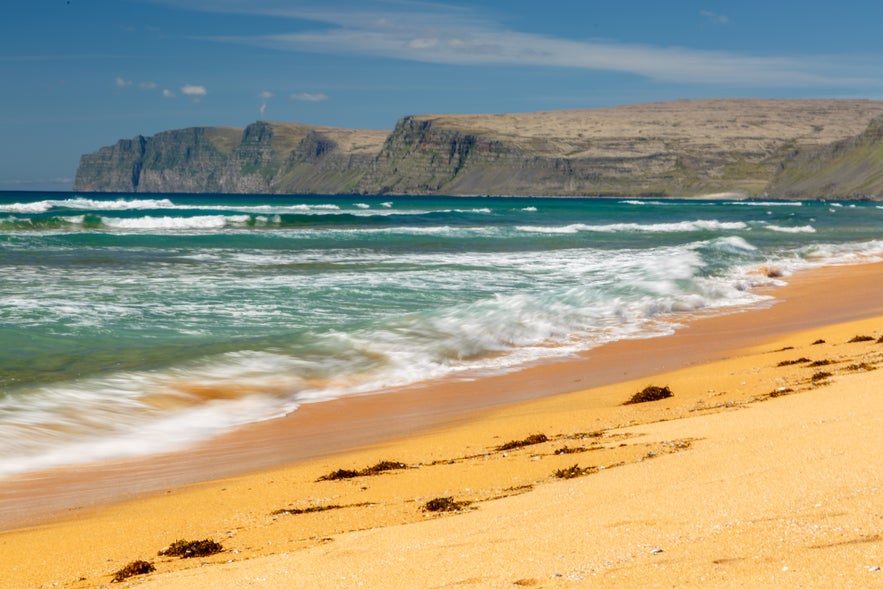 Raudasandur is a very unusual beach by Iceland's standards. The beaches in Iceland are predominantly black due to the volcanic nature of the island. When lava cools rapidly upon contact with water, it solidifies into basalt, which is rich in iron and magnesium minerals. These minerals give the lava a dark, black color, leading to the formation of black sand beaches.
Raudasandur is a very unusual beach by Iceland's standards. The beaches in Iceland are predominantly black due to the volcanic nature of the island. When lava cools rapidly upon contact with water, it solidifies into basalt, which is rich in iron and magnesium minerals. These minerals give the lava a dark, black color, leading to the formation of black sand beaches.
The beach of Raudasandur, which literally translates to "Red Sand" in Icelandic, gets its unique reddish hue from the presence of pulverized red and pink shells and other marine organisms mixed with the sand. The sediments, combined with the play of sunlight and water, create a stunning reddish appearance.
Raudasandur is located beneath the Latrabjarg birdwatching cliffs, making it a convenient place to stop for a visit or a picnic for those driving around the Westfjords. To walk all along the beach requires wading across a shallow stream, so bring appropriate boots if you plan on staying here long.
A scenic 6-hour walking tour to Raudasandur is a great way of taking in the one-of-a-kind landscape of the beach while also getting to hear stories of legends and tales of the Westfjords from a local expert.
5. Flatey Island
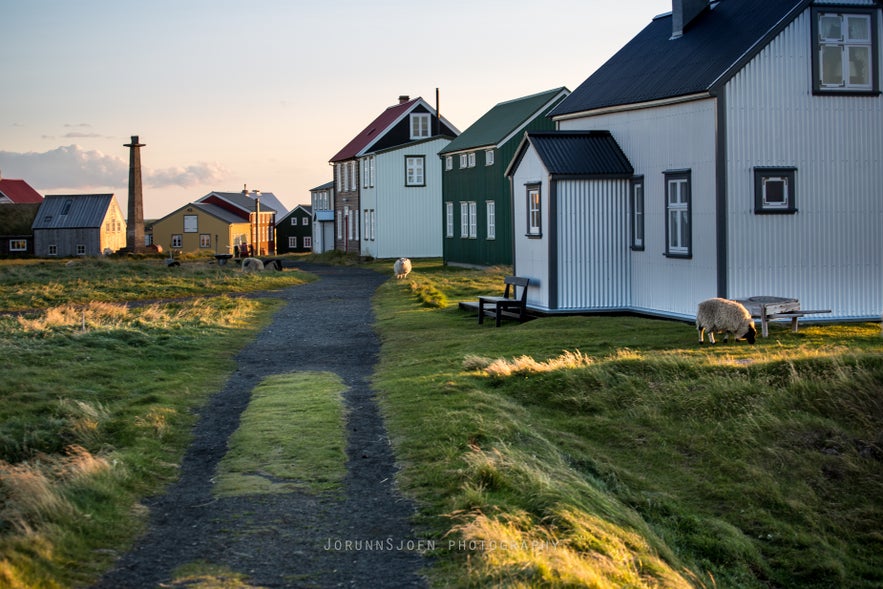
Flatey is a charming and historic island located in Breidafjordur Bay, off the coast of the Westfjords and Snaefellsnes Peninsula. The island can be reached by taking a 2.5-hour ferry from Stykkisholmur in Snaefellsnes or the same ferry back from Brjanslaekur Port in the Westfjords.
Taking the ferry is a wonderful way of entering or departing from the Westfjords, providing a scenic ride of the surrounding fjords and islands. Stopping in the village on Flatey is also a delightful experience, as the houses are old but well-preserved and colorful, creating an inviting and relaxing atmosphere.
The island has a rich history dating back to the medieval era when Flatey was a significant cultural and religious center, and remnants of this history can still be seen today. One of the most important medieval manuscripts in Iceland, Flateyjarbok, draws its name from the island as its owner lived there.
5 Towns to Visit in the Westfjords
In addition to their natural wonders, the Westfjords have lots of small settlements strewn about. Although most of them are rather small, they are rich in history and built in front of majestic natural backdrops. If you're planning to stay in any of these charming towns, explore our wide range of accommodations in the Westfjords. Here are a few settlements that we recommend you visit while exploring the Westfjords.
1. Isafjordur
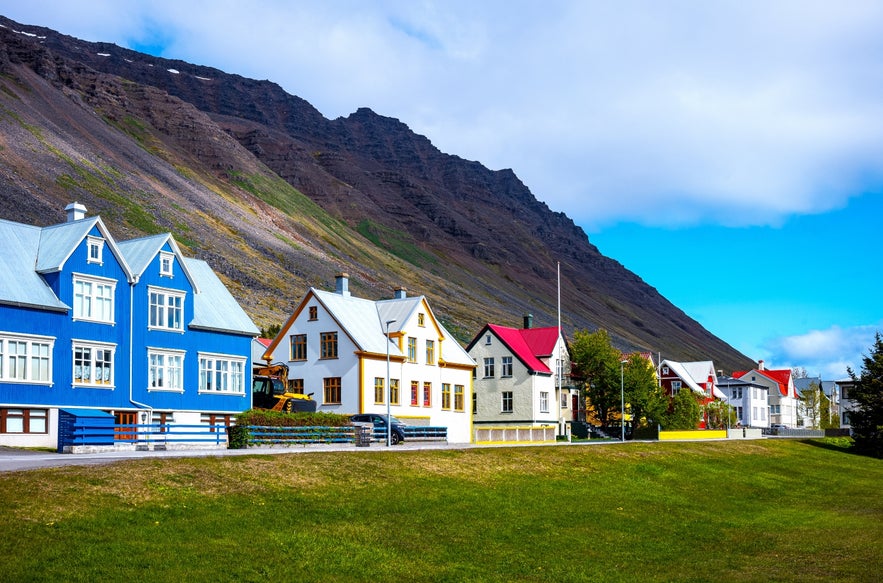 Isafjordur is the "Capital of the Westfjords" with a modest population of about 2,700 residents. As visitors will quickly come to realize the town is steeped in natural beauty and history, serving as the cultural hub for the entire region.
Isafjordur is the "Capital of the Westfjords" with a modest population of about 2,700 residents. As visitors will quickly come to realize the town is steeped in natural beauty and history, serving as the cultural hub for the entire region.
Offering more options for accommodation, restaurants, and general amenities than any other part of the region, Isafjordur also boasts a wealth of sites to explore. The Maritime Museum offers an insight into the Icelandic fish industry, which was the lifeblood of the nation for centuries.
Isafjordur also has two cultural centers, the Edinborg Cultural Centre and the Old Hospital, where you can see artwork and exhibitions of the locals. Finally, it has some of the oldest buildings in Iceland, dating back to the 18th Century.
An exciting activity to keep in mind when visiting Isafjordur is kayaking, which can give you an adventurous vantage point of nature. The feeling of spotting wildlife while paddling around the fjord in an amazing 2-hour kayaking tour is second to none. If kayaking doesn't appeal to you, a scenic 2-hour biking tour is an awesome way of taking in the surroundings of Isafjordur.
Where to Stay in Isafjordur
Isafjordur is a great location to stay in if you're exploring the Westfjords. Hotel Isafjordur Torg is a great option, offering modern and sleek facilities with everything you need for a comfortable stay. Explore more hotels and accommodation in Isafjordur if you're looking to stay in Isafjordur.
2. Patreksfjordur
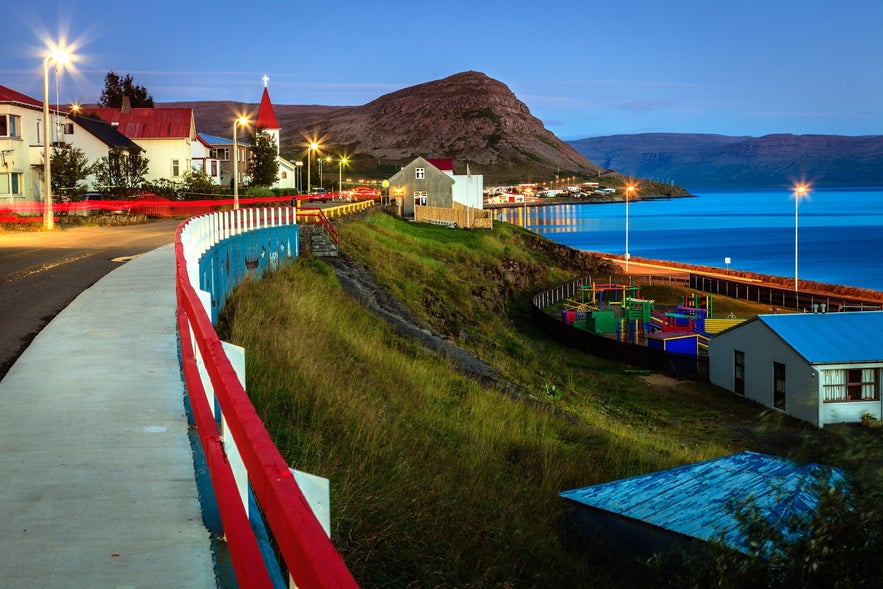 The settlement of Patreksfjordur, in the southern Westfjords, is the best place to base yourself if you want easy access to Dynjandi, Latrabjarg, and Raudasandur, being less than two hours from the former and one hour from the latter. The town has a large, popular swimming pool and is close to some of the aforementioned hot springs.
The settlement of Patreksfjordur, in the southern Westfjords, is the best place to base yourself if you want easy access to Dynjandi, Latrabjarg, and Raudasandur, being less than two hours from the former and one hour from the latter. The town has a large, popular swimming pool and is close to some of the aforementioned hot springs.
An interesting site to check out while in the Patreksfjordur area is the Gardar BA 64 Shipwreck. Iceland's oldest steel ship, a former whaling and fishing vessel, now lies on the shoreline close to the village. An interesting tidbit to note is that Gardar BA 64 embarked on its maiden journey in 1912, the same year as the Titanic. This powerful physical reminder of Iceland’s maritime history makes for a great photo stop.
Patreksfjordur is also a good place to visit if you want to see puffins and the other wondrous birds that inhabit the Westfjords. Jump on board a jeep in a scenic 7-hour puffin & bird-watching tour and take in the vibrant birdlife of the region.
Where to Stay in Patreksfjordur
Patreksfjordur is a great village to stay in, located a short distance away from some of the most beautiful sights in the Westfjords. Fosshotel Westfjords is a well-equipped hotel that makes for a great base for travelers exploring the area.
3. Holmavik
Despite its tiny size, the village of Holmavik is still the largest settlement in the Strandir area. The region is one of the most remote areas in all of Iceland, and while it seems very quaint, it has rich ties with Iceland's intriguing history of the occult, as can be seen in one of Iceland's most interesting museums which is located in the village.
While in the area, it is highly recommended to visit the other settlements in Strandir. The village of Drangsnes has public geothermal tubs with a great view of the surrounding mountains, Djupavik has a spooky abandoned herring factory, and last but not least, Nordurfjordur is home to the famous Krossneslaug swimming pool.
Holmavik also offers a fantastic opportunity to see Iceland's largest residents on an exciting 2-hour whale-watching boat tour that departs from the village. Nature is unpredictable, so every tour is a new adventure; you never know what you are going to see.
- See also: Folklore in Iceland
Where to Stay in Holmavik
If you're looking to take in the rich history and beautiful nature of the Strandir area, Guesthouse Holmavikur is a great place to stay, offering a comfortable stay with rooms overlooking the beautiful fjord or the dramatic mountains surrounding Holmavik.
4. Reykholar
Reykholar sits on the cusp of the Westfjords and is home to around just 120 permanent inhabitants. In spite of this, there are still a wealth of surrounding attractions that can justify a stay in the area. The nearby coast is very shallow with a high tidal range, inviting both freshwater and saltwater bird species, making it a paradise for bird watchers.
Located in Reykholar is a kelp processing factory that transforms seaweed into food, fuel, medicine, and fertilizer. An interesting offshoot of this is the Reykholar Sea Baths, where you can bathe in seaweed. Various studies and research have confirmed the quality and natural benefits of seaweed for skin and health, so don't miss out on this interesting spa experience.
Where to Stay in Reykholar
Travelers looking for a place to stay in Reykholar will not be disappointed with Reykholar HI Hostel. Offering comfortable shared or private rooms, it makes for an excellent base to discover wildlife and the natural wonders of the surrounding area.
5. Flateyri
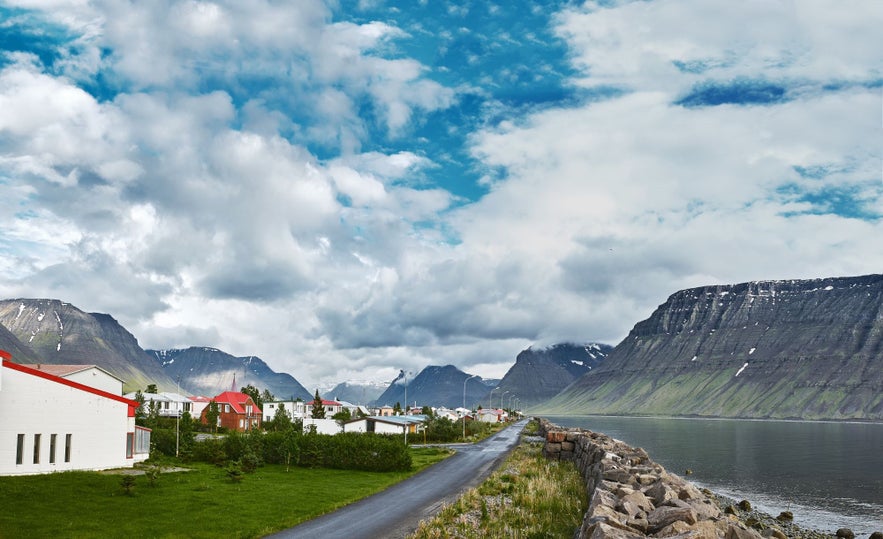
Flateyri is a quiet community immersed in breathtaking nature; massive flat-topped mountains surround it, and the seascapes are some of the best in the country. The town has a restaurant and pub, a swimming pool as well as newly built hot tubs.
The village is also home to the Old Bookstore, Iceland's oldest original store, established in 1914. What makes this store unique is that the decor is practically unchanged since the store was first opened and is still run by a descendant of the first owner.
Where to Stay in Flateyri
Fisherman Guesthouse Flateyri is a charming accommodation that offers guests a peaceful and authentic Icelandic experience with its cozy atmosphere and breathtaking views of the surrounding mountains and fjord.
5 Interesting Museums in the Westfjords
In addition to the stunning natural landmarks in the Westfjords, the area is brimming with interesting culture and folklore. This becomes clear when you visit the many museums strewn about the various fjords in the area. Read on to learn about some of our favorites.
1. Museum of Icelandic Sorcery and Witchcraft
 As previously mentioned, the village of Holmavik is located in the Strandir area, which is historically infamous for alleged witchcraft and other occult dealings. It should therefore come as no surprise that the Museum for Icelandic Sorcery and Witchcraft should be located there.
As previously mentioned, the village of Holmavik is located in the Strandir area, which is historically infamous for alleged witchcraft and other occult dealings. It should therefore come as no surprise that the Museum for Icelandic Sorcery and Witchcraft should be located there.
Visitors of the museum are treated to a vast collection of knowledge about the history of Iceland's dark arts, including replicas of sometimes creepy or downright morbid artifacts. After sating your morbid curiosity, we recommend checking out the museum's restaurant, Kaffi Galdur, where you can have delicious traditional Icelandic food made from local ingredients.
2. Icelandic Sea Monster Museum
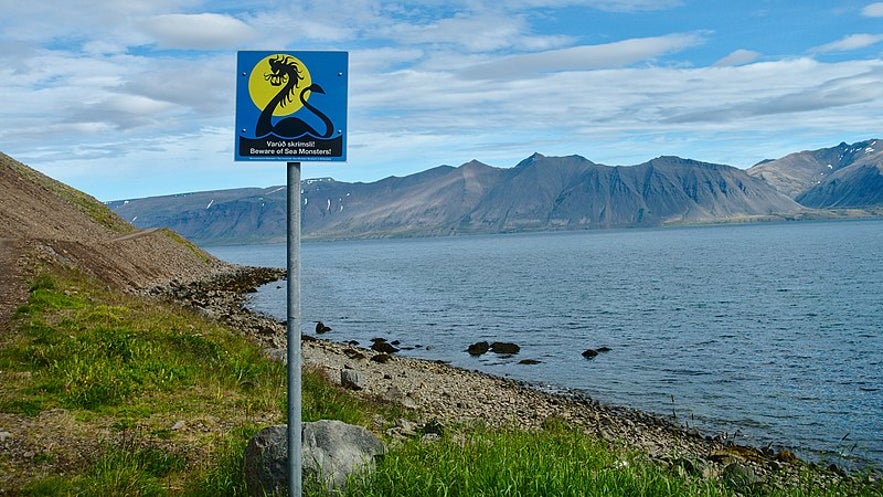
Here be dragons! "Here," in this case, is the village of Bildudalur, home to the Icelandic Sea Monster Museum. As the name implies, this interesting museum is dedicated to the monsters said to have inhabited the waters surrounding Iceland according to mythology.
As visitors make their way through the creepy ambiance of the museum's darkly lit rooms, they will learn all about the monsters that supposedly terrorized farmers and fishermen throughout the ages. The Museum overlooks Arnarfjordur, which is the home to the highest number of sea monsters in Iceland if the frequency of reported sightings throughout the ages is anything to go by.
3. The Arctic Fox Centre
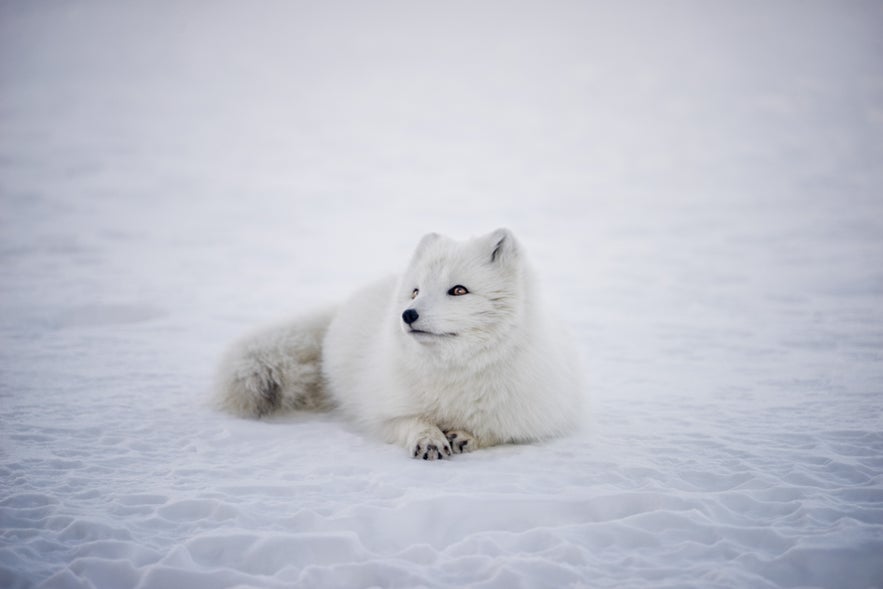
The Arctic Fox Centre, located in the village of Sudavik, focuses on the conservation and research of the Arctic fox population in Iceland. The center aims to raise awareness about the importance of preserving this unique species and its habitat.
The center features an exhibition that provides insight into the biology, behavior, and history of Arctic foxes in Iceland. Visitors can learn about the adaptation of these foxes to the harsh Arctic environment and their role in the ecosystem.
4. Westfjords Heritage Museum
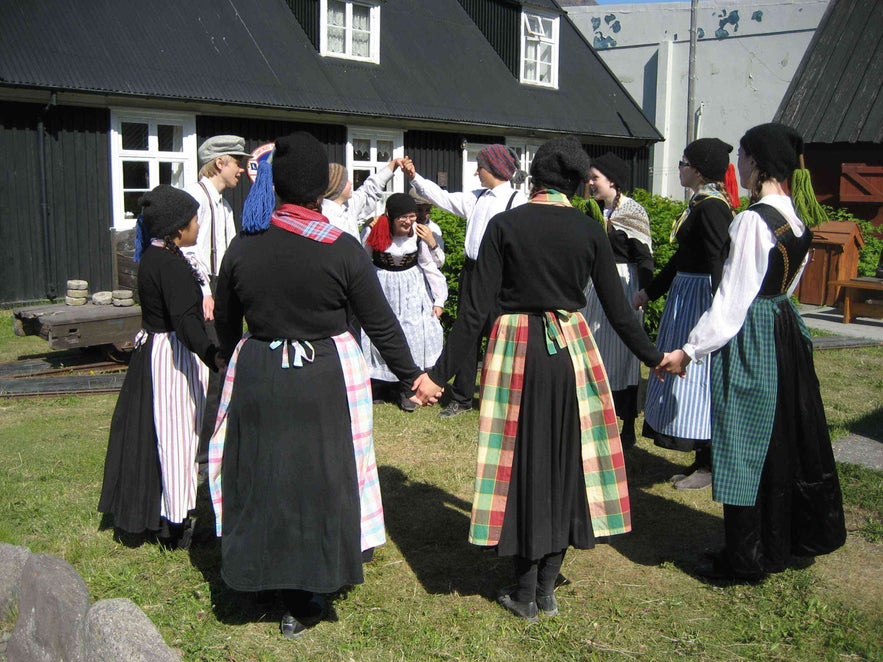
Photo by Wikimedia, Creative Commons, by David Stanley No edits made
The Westfjords Heritage Museum, located in Isafjordur, offers a glimpse into the history, culture, and traditions of the Westfjords. The museum pays special attention to the maritime history of the region. It offers a glimpse into the life of fishermen, their boats, and the challenges they faced at sea.
One of the museum's main exhibitions is dedicated to preserving boats to make them seaworthy. As part of this project, over 15 boats of various sizes have been restored, each with its unique story. Visitors can see the preserved, traditional oak boats that sailed in the nearby fjords in the last century and learn more about the local fishing industry and its development over time.
The museum is also home to an extensive and growing accordion collection, many of which famous Icelandic musicians owned.
5. The White-Tailed Eagle Center

Located in the tiny settlement of Krokfjardarnes is the White-Tailed Eagle Center - a small museum dedicated to the preservation of white-tailed eagles, the largest bird in Iceland. The species nearly went extinct across Europe in the late 19th century, but thanks to successful preservation, it has had a steady rise in population.
Visitors at the center read about white-tailed eagles inside the museum via displays and information panels and watch a video presentation that allows travelers to learn more about these majestic and now-protected birds of prey.
Map of Natural Wonders and Museums in the Westfjords
Now you know which natural and cultural sites to visit, so here is a handy map to help you find them.
FAQ About the Westfjords
Here are some of the most common questions about the Westfjords in Iceland.
Are the Westfjords in Iceland Worth Visiting?
Yes, the Westfjords are absolutely worth visiting for their dramatic fjords, remote charm, rich wildlife, and fewer crowds compared to other regions. It's an ideal destination for travelers seeking untouched nature and authentic Icelandic culture.
What Is the Difference Between Eastfjords and Westfjords?
The Eastfjords are more accessible with larger towns and gentler landscapes, while the Westfjords are more rugged, isolated, and wild, offering a more off-the-beaten-path experience.
What Is the Most Populous Town in the Westfjords?
Isafjordur is the largest town in the Westfjords and serves as the region’s cultural and economic hub.
How Long Does It Take to Drive Around the Westfjords?
Driving around the Westfjords typically takes 3 to 5 days, depending on the weather, road conditions, and how often you stop for sightseeing.
That's it for the Westfjords of Iceland. Do you still have any questions? Did we miss any of your favorite spots? Do you have memorable stories from your time in the Westfjords? Let us know in the comments below!



